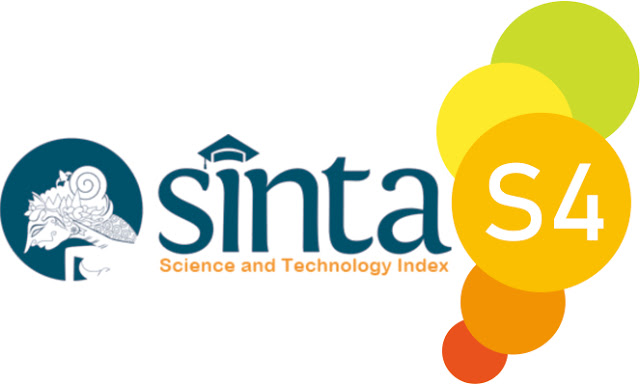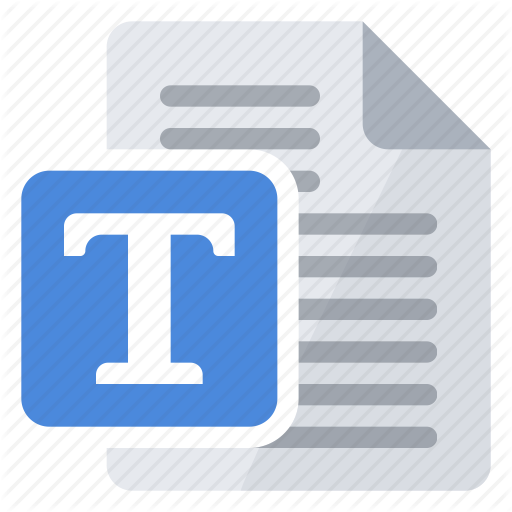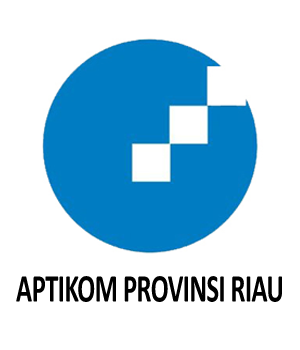DATA MINING DALAM PENGELOMPOKAN NILAI IQ SISWA
Abstract
Education is one aspect of life that should be owned by every human being. The most crucial times for education is during school. During school, students will start from kindergarten until finally graduating at the high school level. One aspect that is highly considered during school is the level of intelligence. Intelligence levels are often associated with IQ levels. According to research, a person's IQ level becomes a benchmark on the level of intelligence of that person. The level of intelligence can affect the lives of students in receiving lessons so well that the school should properly classify students. Grouping students based on IQ level aims that students can receive more appropriate and effective learning methods so that students can receive lessons well. At Yos Sudarso Highschool at Batam, there are a lot of students who enroll and grouping students will take a lot of time and is not efficient if done manually. Grouping students can be done quickly and precisely by utilizing data mining. One method in data mining is clustering by using K-means. The stages of this method begin with random selection K, K here is the number of clusters that you want to form. Then set K values randomly, while the value becomes the center of the cluster or commonly referred to as centroid, mean or "means". Calculating the distance of each existing data on each centroid using the Euclidian formula to find the closest distance from each data with the centroid after the manual calculation is run on the data mining software, RapidMiner. The use of the K-means method for grouping is one of the right methods when viewed from the variables to be used, namely the value of the student's IQ level. This ¬K-means method will form clusters that classify students based on IQ levels. By applying data mining clustering with the K-means method it is hoped that it can help the school in classifying students appropriately so as to facilitate the school in ensuring students get the right learning method.
Downloads
References
Alfina, T., Santosa, B., & Barakbah, R. (2012). Analisa Perbandingan Metode Hierarchical Clustering , K-means dan Gabungan Keduanya dalam Cluster Data ( Studi kasus : Problem Kerja Praktek Jurusan Teknik Industri ITS ), 1.
Sunjana (2010). Aplikasi Mining Data Mahasiswa Dengan Metode Klasifikasi Decision Tree. Seminar Nasional Aplikasi Teknologi Informasi, 24–29.
Application of k-Means Clustering algorithm for prediction of Students ’ Academic Performance. (2010), 7, 292–295.
Putra, D. W. T. (2016). Algoritma C4.5 untuk Menentukan Tingkat Kelayakan Motor Bekas yang Akan Dijual. Jurnal TEKNOIF, 4(1), 16–22.
Asriningtias, Y., Mardhiyah, R., Studi, P., Informatika, T., Bisnis, F., Informasi, T., & Yogyakarta, U. T. (2014). APLIKASI DATA MINING UNTUK MENAMPILKAN INFORMASI, 8(1), 837–848.
Sari, R. D. I., & Sindunata, Y. (2014). Penerapan Data Mining Untuk Analisa Pola Perilaku Nasabah dalam Pengkreditan Menggunakan Metode C4.5 (Studi Kasus Pada KSU Insan Kamil Demak). Jurnal Ilmiah Teknologi Dan Informasi ASIA, 8(2), 10–16.
Kamagi, D. H., & Hansun, S. (2014). Implementasi Data Mining dengan Algoritma C4.5 untuk Memprediksi Tingkat Kelulusan Mahasiswa. ULTIMATICS, VI(1), 15–20.
Bisilisin, F. Y., Herdiyeni, Y., & Silalahi, B. I. B. P. (n.d.). Optimasi K-Means Clustering Menggunakan Particle Swarm Optimization pada Sistem Identifikasi Tumbuhan Obat Berbasis Citra K-Means Clustering Optimization Using Particle Swarm Optimization on Image Based Medicinal Plant Identification System, 3(2002).
Handoko, K. (2016). Penerapan Data Mining Dalam Meningkatkan Mutu Pembelajaran Pada Instansi Perguruan Tinggi Menggunakan Metode K-Means Clustering (Studi Kasus Di Program Studi Tkj Akademi Komunitas Solok Selatan). Jurnal Teknologi Dan Sistem Informasi, 2(3), 31
Kurniawan, E., Kurniawan, H., Saleh, A., Mulia, T., & Buulolo, E. (2013). IMPLEMENTASI ALGORITMA APRIORI PADA SISTEM PERSEDIAAN OBAT ( STUDI KASUS : APOTIK RUMAH SAKIT ESTOMIHI MEDAN ), 2(2), 48–68.
This is an open-access article distributed under the terms of the Creative Commons Attribution-ShareAlike 4.0 International License which permits unrestricted use, distribution, and reproduction in any medium. Users are allowed to read, download, copy, distribute, search, or link to full-text articles in this journal without asking by giving appropriate credit, provide a link to the license, and indicate if changes were made. All of the remix, transform, or build upon the material must distribute the contributions under the same license as the original.















